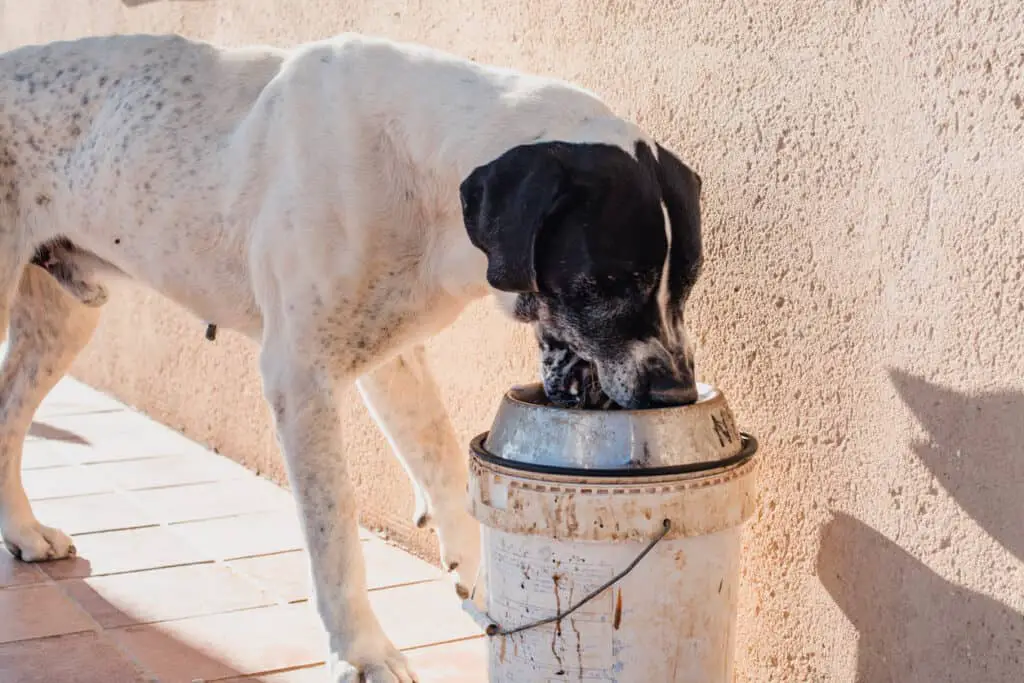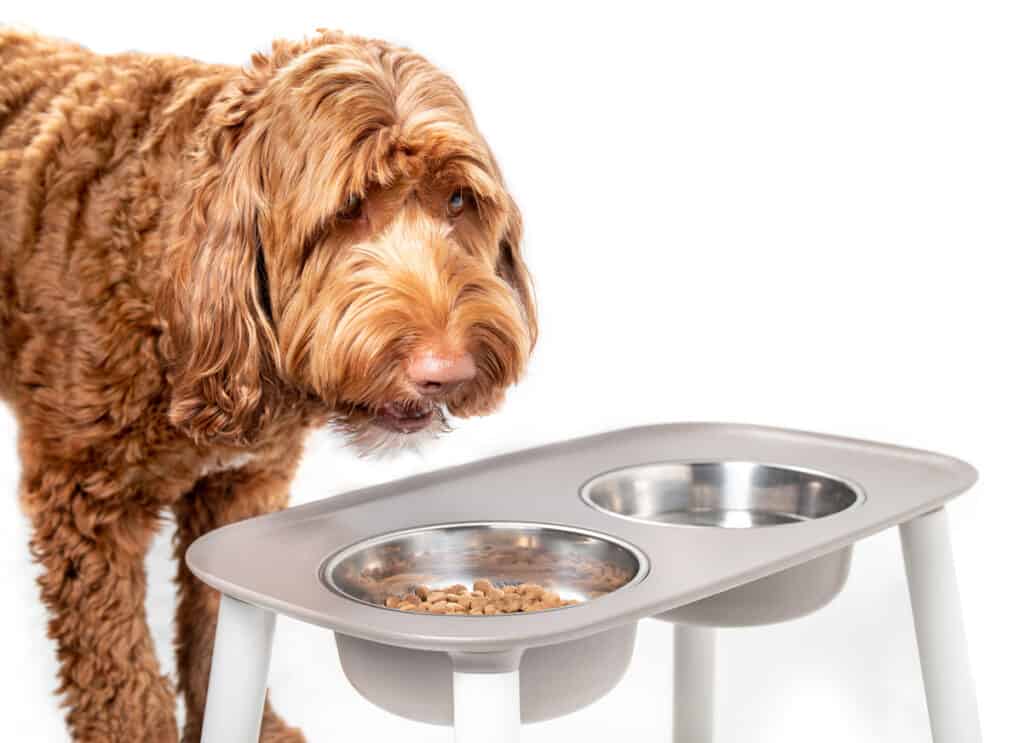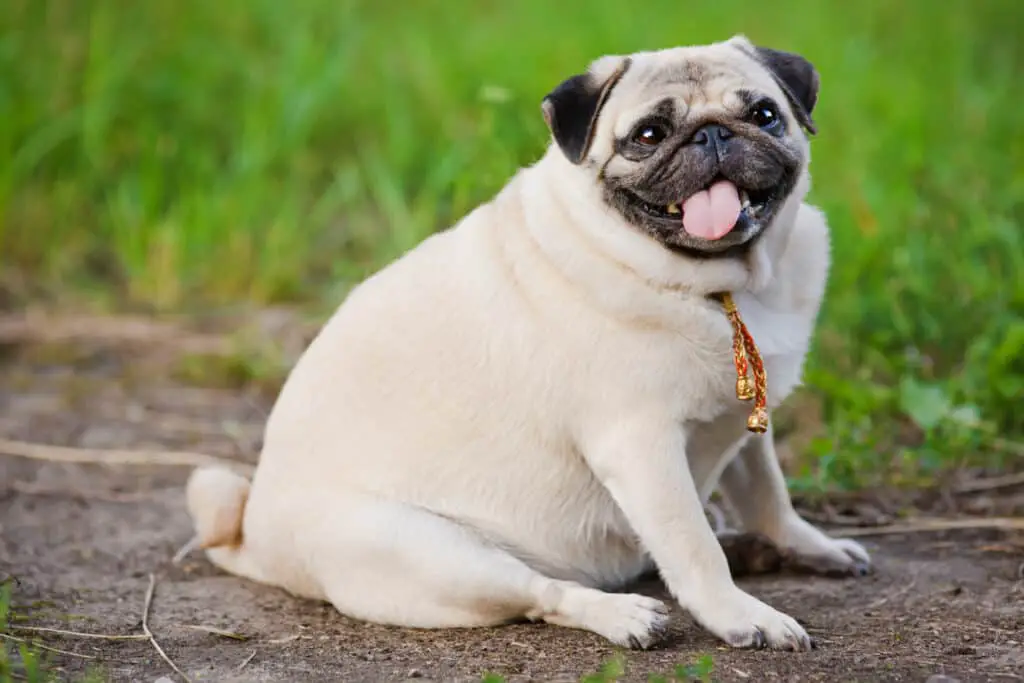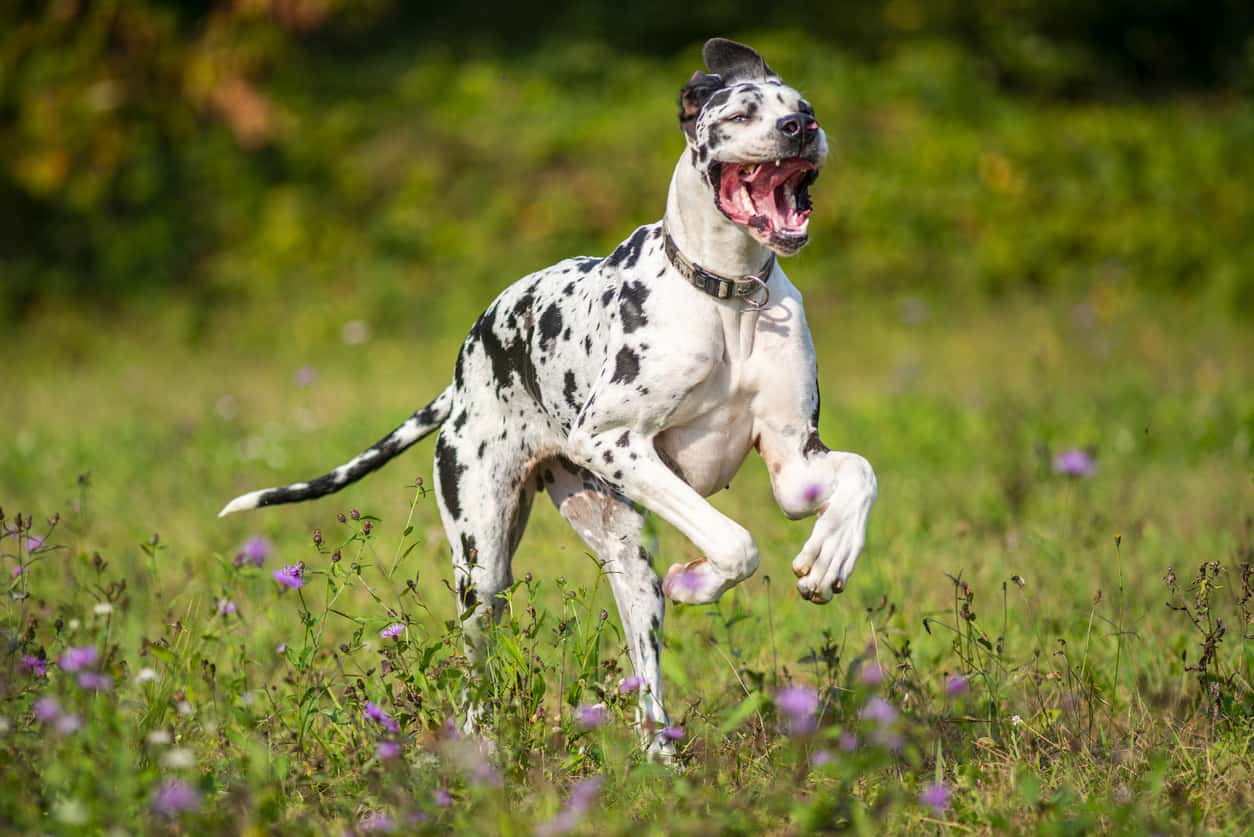Great Danes are huge, loveable beasts that bring their owners and families a lot of joy. Their big size is also the topic of many topics of conversations, such whether or not Great Danes should use raised feeders. Some argue that because dogs are descended from wolves, which are used to eating on the ground, using a raised feeder is unnatural. Proponents of raised feeders note that Great Danes often appear physically uncomfortable eating from the ground, so using a raised feeder is a practical way of making it more comfortable for a Great Dane to eat and drink.

Putting raised feeders in context
Many people associate raised feeders as a means of providing for aging pets. Elderly or arthritic dogs may struggle to lower their heads all the way down to eat, which is why raising the food up to about chest level makes it less strenuous. With regard to Great Danes in particular, raised feeders are a frequent source of debate because of the sensitivity of the breed’s stomach.

Already a breed predisposed to numerous ailments, the most serious health threat facing Great Danes is bloat. This condition, formally known as Gastric Dilatation-Volvulus (GDV), is a painful and life-threatening emergency that occurs when the stomach becomes engorged with air or gas. When this happens, the dog’s stomach literally “bloats” and looks rounded to the eye and is hard to the touch. It is unclear what exactly causes the condition, but it is generally agreed that a combination of genetics, environment, and personality play a role.
Large and giant breeds are the most physically at risk of developing bloat due to their deep chests, but there are numerous environmental factors such as feeding and stress that have been known to affect the risk as well. There is also a hereditary component to the condition – if an immediate relation to the dog develops bloat, then it is more likely that yours will too. It is a good idea to ask your breeder if there has been any history of the condition in your puppy’s family, and if so, how closely related your puppy is to the afflicted family member.
Recognizing bloat
Common signs of bloat including a hard and distended belly and unproductive retching, unusual drooling or panting, and pacing in obvious discomfort. If your Great Dane is exhibiting any of these symptoms, you need to get him or her to your veterinarian or an emergency clinic ASAP. Without immediate professional attention, your Great Dane’s stomach could flip, a phenomenon known as torsion, which exponentially increases the likelihood of death because a flipped stomach cuts off blood flow to major organs, resulting in shock and, shortly thereafter, death.

So, what do Great Dane raised feeders have to do with mitigating the risk of bloat?
For decades, it was standard practice for veterinarians to recommend feeding Great Danes with raised feeders. As its name implies, a raised feeder is a feeding structure that literally raises your Great Dane’s food up of the ground, meaning that the animal does not have to stretch its neck down so far to eat or drink. In theory, this reduces the physiological stress of eating and also the amount of air inhaled when a dog is gulping down its food.
The popularity of the raised feeders led to the development of many different kinds and styles, including adjustable height models seen as perfect for fast-growing large and giant breed puppies. You can even find models that have been designed to add to the interior design of a home, such as raised feeders hand-carved out of wood or metal feeders with Great Dane silhouettes carved onto the side. Then, in 2000 a veterinary study published in the Journal of the American Veterinary Association titled, “Non-dietary risk factors for gastric dilatation-volvulus in large and giant breed dogs” by Lawrence T. Glickman and Nita W. Glickman at University threw members of the Great Dane community into an anxious frenzy.
Findings in the Glickman study
The Glickman study collected self-reported data based on 1,637 number of large and giant breed puppies and dogs aged six months and older, including Great Danes. The study noted that it recruited dogs who had not previously bloated. Of the animals whose owners were surveyed annually throughout their pets’ lives, 6% of the dogs went on to develop bloat. Within that 6%, the percentage of giant breeds developing bloat and using raised feeders was over fifty percent.
Notes on the Glickman study
If we take the numbers of the Glickman study at face value, it seems apparent that a link exists between raised feeders and increased risk of bloat in Great Danes. However, as with any scientific study, it’s important to remember that correlation does not equal causation. There are also additional points to keep in mind with regard to the strength of the correlation.
- This study sought to broadly identify non-dietary risk factors with regard to GDV in large and giant breeds. While raised feeders were flagged as a variable of note, they did not emerge as a causal link to GDV. In order to prove raised feeders cause bloat in Great Danes, a study would have to be designed that sought to only examine this hypothesis, and somehow controlled for the numerous other factors that can cause a Great Dane to bloat in the first place, such as genetics and stress.
- As mentioned, genetics strongly influence the likelihood that a large or giant breed will develop GDV. The study authors did not exclude dogs with first-degree relatives with GDV.
- Environment also plays an important role in whether or not a large or giant breed will develop GDV. Animals that inhabit stressful environments tend to be more stressed and unhappy animals, both of which are noted to increase the likelihood of developing GDV.
As a result of this study, veterinarians and Great Dane lovers alike began to interrogate the long-held practice of feeding Great Danes with a raised feeder, the results of which discussions were inconclusive and remain heated to this day.
Where consensus exists
If you are getting a Great Dane puppy, you still have some time to decide whether you’ll provide it with a raised feeder or not. While the question, “Should I use a raised feeder?” may be up for debate, a matter that was settled long ago is the importance of your future puppy’s diet.
Great Danes are a giant breed and spend much more time growing than many other types of dogs. Because of this, it’s important to have a feeding strategy and schedule in place that balances their unique nutritional needs with their predispositions for certain health conditions such as bloat.
Great Danes aren’t completely finished growing and filling out until nearly three years of age, so how you feed your Great Dane is an important choice. They just eat so much! A fully grown Great Dane will eat between 6-10 cups of food per day, or roughly 2,500 calories depending on their size. Both puppies and adults need to be fed on a consistent schedule comprised of multiple smaller meals a day as opposed to just one or two large meals. Research also supports that providing high quality dog food rich in micronutrients supports long term growth and development and reduces the odds of developing a health condition. Additionally, providing several smaller portions throughout the day has been found to significantly decrease the risk of bloat.
This brings us back to the question, “Should I feed my Great Dane with a raised feeder?” Unfortunately, there is no definitive answer and research remains ongoing.
If you decide to use a raised feeder, you may want to purchase a raised feeder with an adjustable height. This will likely be a slightly more costly purchase up-front than a feeder with a non-adjustable height, but as discussed in previous articles, Great Danes are extremely expensive household pets. Their expenses should always be viewed as an investment in their longevity, which is already quite short.
How to use a raised feeder
Proper use of dog feeders indicates that the bowls should be just about chest height. Remember that whichever choice you make, it does not have to be a fixed decision. For example, if you’re convinced that leaving your Great Dane’s food and water dishes at ground level is best, but then notice that your pet looks a bit uncomfortable during a meal or while taking a drink, you can always introduce a raised feeder. Additionally, you may notice that your Great Dane prefers eating at a different height than drinking. Every animal is an individual and will have its own preferences.
If you decide to purchase a raised feeder for your Great Dane, you’ll have lots of options. As mentioned earlier, an adjustable feeder makes an excellent choice because it can grow with your puppy and save you the cost of having to purchase upgrades. You’ll also want to choose a sturdy model that your 100–200-pound Great Dane cannot push around in its mealtime excitement. More on that point – Great Danes are not very neat eaters, so you will have to regularly clean their bowls. Many products offer bowls that are dishwasher safe and raised feeders that are easy to maintain, so don’t be afraid to dig in and research previous reviews here.
If you’re a Great Dane owner, the most important thing to you is to make decisions with your dog’s health at the forefront of your mind. You can consult with veterinarians and breed experts, deep dive on Reddit threads, and conduct your own background research, but at the end of the day, you know your dog best. Additionally, raised feeders are just one variable out of many that can influence whether or not your Great Dane develops bloat, so in the grand scheme of things, it’s probably more prudent to ensure that factors that have been more concretely linked to instances of bloat, such as too little time in between exercise and eating, are controlled for in the case of your Great Dane.
If you are really passionate about determining whether a raised feeder is really the right way to feed your Great Dane, you can create a document and compile ongoing research that you find about the debate – just ensure that you are imposing a high standard on the sources you use. For example, an opinion by a veterinarian who specializes in Great Danes should hold much more weight than the opinion of someone who has never owned a Great Dane, but really likes dogs. The reason to approach this research with a discerning eye is because even within expert opinions, you are likely to find many different takes, so it’s best to ensure that you are reading different thoughts from equally credible sources.

